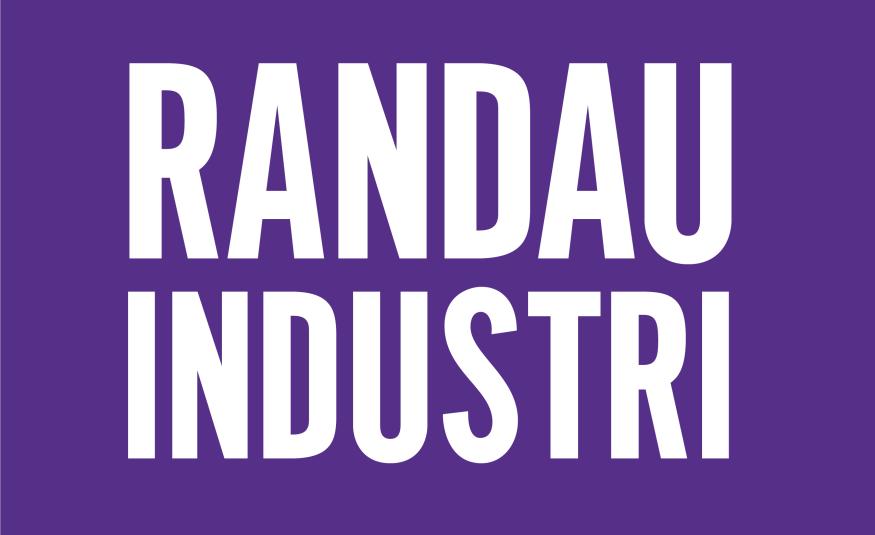By Liu Shangxi, President of Chinese Academy of Fiscal Sciences
As the pandemic stabilizes in Asia, countries are slowly emerging from lockdowns and gradually easing social distancing measures to allow hard-hit businesses to restart operations. While societies are adapting to the new normal, there is an urgent challenge that governments face – how to quickly revive their economies and help small businesses in particular, to protect jobs and livelihoods.
In Malaysia, the government recently announced a RM35 billion short-term Economic Recovery Plan (ERP) to empower the people, propel businesses and stimulate the economy. The ERP – also known as PENJANA – is the fourth of six economic recovery phases outlined by the country under the 6Rs approach (Resolve, Resilience, Restart, Recovery, Revitalise and Reform), to address the pandemic and recover from the socio-economic shortfall.

Road to economic recovery
As one of the first countries to lift restrictions and restart its economy, the experience in China offers some food for thought on how the power of digital technology can be harnessed to aid recovery, especially for the hard-hit small and micro businesses (SMBs) that lacked the resources to overcome the pandemic impact on their own.
In March after lockdowns first ended in China, the average daily revenue among businesses in the retail, F&B and leisure and entertainment sectors was less than half of what they were making before the pandemic. Weak market demand is the biggest culprit, as consumers were reluctant to go out and participate in social activities. Moreover, the projected “revenge spending” did not happen, at least at the scale anticipated.
In Malaysia, the impact is even more pronounced as family entertainment centres including cinema and theme parks remained closed since the movement control order (MCO) began in March. Only in recent weeks did the National Security Council give green lights for these operators to resume their business from July onwards.
Unlike other economic crises in the past, the immediate economic impact of COVID-19 has concentrated on employment and consumer spending, which has a direct effect on the survival of SMBs, the backbone of local economies. Therefore, driving consumer spending is vital in recovering and stimulating the economy. Only when consumer spending increases can small and micro businesses sustain their operations and protect jobs.
Digital coupon shines new light for businesses
Over the last few months, governments and private sectors in China have adopted digital coupons as ways to encourage spending. As of May, over RMB19 billion (RM11.58 billion) worth of digital coupons was distributed in over 28 provinces and 170 cities. Alipay, China's leading third-party online payment solution, became the main distribution platform in more than 100 cities across Zhejiang, Fujian, and Sichuan.
A joint research conducted by the Chinese Academy of Fiscal sciences and Ant Group Research Institute on how consumers have been spending these coupons in Foshan, Guangdong, revealed that for every RMB 1 (RM0.60) in digital coupon, it has led to RMB 7.66 (RM4.67) in real spending, translating to actual revenue for businesses. During the five-day-long Labor Day holiday in May, digital coupons distributed through Alipay generated a total of nearly RMB 5 billion (RM3.05 billion) in retail revenue countrywide.
Bailian Group, an established department store chain in Shanghai for example distributed 80,000 digital coupons via Alipay during the Labor Day holiday which effectively led to more than RMB20 million (RM12.19 million) in sales revenue and brought over 20,000 new shoppers to the stores during the holiday. Riding on the success, Bailian Group has since distributed another batch of over nine million digital coupons, totaling nearly RMB500 million (RM304.77 million) via Alipay - the largest coupon distribution by a single retail company in Shanghai.
The research also found that the effectiveness of digital coupons was particularly pronounced among SMBs. For every RMB 1 (RM0.60) in digital coupon, small businesses have seen RMB 2.97 (RM1.81) in revenue on average, while the figure is RMB 2.79 (RM1.70) and RMB 2.40 (RM1.46) for medium and large businesses respectively.
Traditional eatery chain Liao’s Bon-Bon Chicken for instance, recorded their largest sales growth in Wuhan thanks to the digital coupons distributed to the residents in May, meant to boost consumer spending in the city. Likewise, in just the first week of digital coupon distribution, Liao’s outlets in Chengdu recorded a 50% increase in total sales and their transaction value via Alipay gone up by 128%. Today, Liao’s has begun offering its digital vouchers via Alipay, allowing customers to enjoy up to 50% off their total bill.
As a result from digital coupon usage, significant transaction growth has been observed in the three sectors – F&B, beauty and grooming services, and leisure and entertainment, which have recorded a growth rate of 207%, 164%, and 228% respectively, with leisure and entertainment showing the greatest increase in total transaction value.
Effective for small and micro businesses
80% of the small business owners surveyed agreed that digital coupons have had a positive impact on bringing back shoppers and helping to increase their revenue. We believe that there are three key reasons why digital coupons are effective for SMBs.
- The prevalence of mobile payment in China allows for almost everyone to obtain digital coupons, and to spend everywhere from street vendors, retail shops to service providers. The entry barrier for SMBs, which are usually lacking in technology and marketing capabilities, is low.
- The digital coupons are designed in small value, with low spending threshold and simple terms and conditions. This makes it easy for consumers to participate. Furthermore, with a mechanism designed to precisely target and distribute coupons for certain sectors, governments and industries could leverage digital coupons to effectively assist industries and businesses in need.
- Payment platforms such as Alipay are equipped with robust risk management capabilities, which can prevent abuse of digital coupons and therefore strengthen business confidence to participate.
Ultimately, the value of digital coupons is not limited to short-term recovery as it can also bring traction and create a cluster effect to the economy in the medium and long term. While the immediate effect is to encourage consumers to go out and spend, in the medium term, multiple rounds of digital coupon distribution could reshape consumers’ spending habit and behaviour.
Digital coupons also allow for industry collaboration. Businesses across different sectors in the same region could consider issuing coupons that can be redeemed in different shops and different sectors, to create more scenarios where consumers can use the coupons for.
In due time, we believe digital coupons will also be the way forward for other Asian countries, including Malaysia, to help SMBs create new value that could boost customer spending during this economic recovery period. - DagangNews.com










